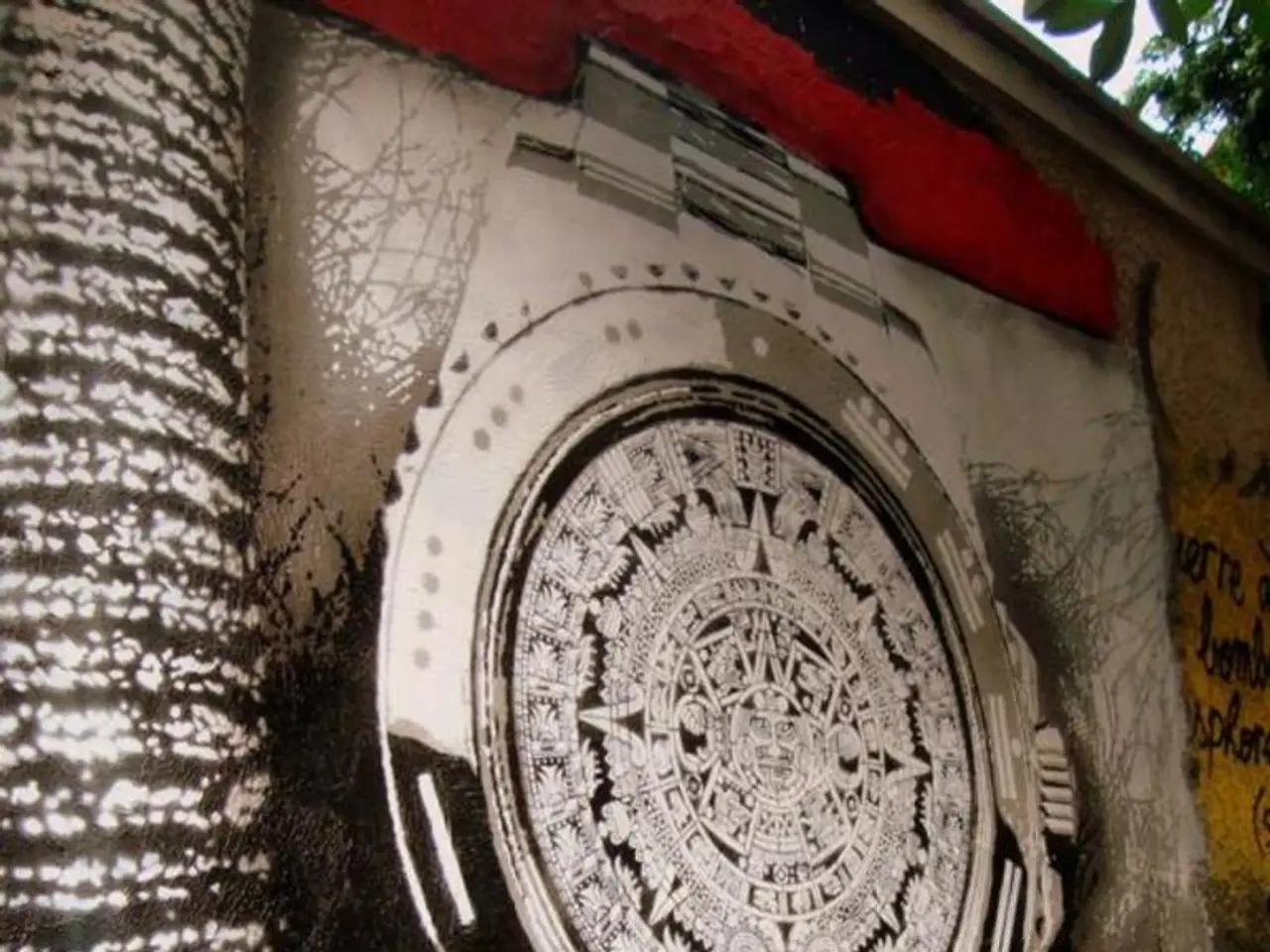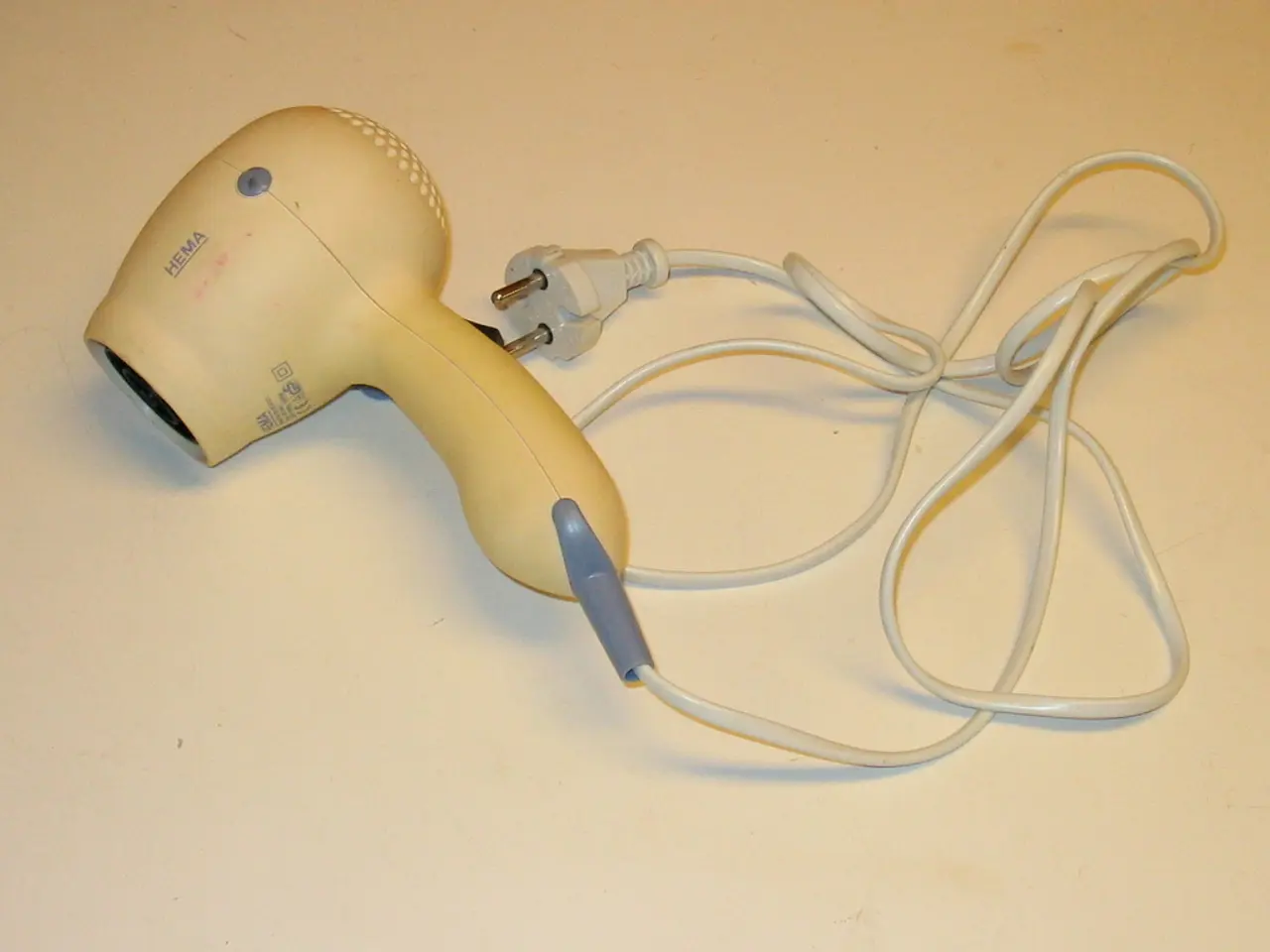Strategies for Picking the Perfect PCB Manufacturer
In the world of electronics, the Printed Circuit Board (PCB) plays a pivotal role. This article outlines the step-by-step process of PCB design and manufacturing, highlighting the critical stages from conceptualization to final testing and choosing a manufacturer.
PCB Design and Layout
The initial stage involves creating a schematic and detailed layout using Computer-Aided Design (CAD) software. Focus on component placement for optimal space utilization and electrical performance. Plan power and signal traces carefully to maintain signal integrity and reduce noise. Consider thermal management, placing heat-generating components with proper spacing and adding thermal reliefs. Designs usually follow IPC standards for reliability and manufacturability.
Material Selection
Choose substrate materials like FR4 (fiberglass epoxy), flexible plastics, or high-frequency laminates depending on application needs. Material choice affects durability, electrical behavior, and thermal characteristics of the PCB.
Circuit Patterning and Layer Stacking
For multilayer boards, a core laminate is drilled and plated to create vias (electrical connections between layers). Layers are built up sequentially, adding insulating prepregs and copper layers via lamination under heat and pressure. Microvias can be laser-drilled and plated for fine interconnections in advanced PCBs.
Drilling and Via Formation
Mechanical or laser drilling creates holes for vias and component leads. Vias are copper-plated to ensure electrical connectivity between layers. Deburring is done to clean holes and prepare for plating.
Copper Trace Formation and Etching
Dry film photoresist is applied, exposed to UV light through photomasks to define trace patterns. Unexposed areas are washed away with alkaline solutions. Chemical etching removes excess copper, leaving precise trace geometries, sometimes with very fine widths. Surface finishes such as ENIG (Electroless Nickel Immersion Gold) or HASL are applied for good solderability.
Solder Paste Application and Component Assembly
Solder paste is applied by stencil only where components will be placed. Automated pick-and-place machines accurately position components on the board as per the design layout. Soldering is performed via reflow (for surface-mount devices) or wave soldering (for through-holes) to secure components.
Testing and Quality Assurance
Electrical testing such as flying probe or AOI (Automated Optical Inspection) is done to detect shorts, opens, or assembly defects. Thermal validation may simulate operating temperatures to ensure heat dissipation is adequate. Visual inspection and final routing separate the boards from panels.
Choosing the Best PCB Manufacturer for Rapid Turnaround
Look for manufacturers with robust capabilities in design-for-manufacturability (DFM) feedback and prototyping support. Verify their ability to produce your board type (single, multilayer, flexible, MCPCB) with required materials and finishes. Evaluate their testing procedures, quality certifications, and customer feedback on turnaround times. Preference may go to those offering fast prototyping and advanced process support like laser microvias and sequential buildup if applicable.
In summary, successful PCB design and manufacturing fold in comprehensive design practices with layered material and process choices, precise component assembly, and thorough testing. Selecting a manufacturer capable of handling your specific needs—especially for rapid turnaround—entails assessing their process expertise, material options, and quality assurance measures.
Having a single point of contact for design and manufacturing issues simplifies matters and ensures quick turnaround times. Critical elements in PCB design include impedance factors, minimum and maximum tolerances, electrical demands, required components, and the role of materials and components in the board's design.
In the world of lifestyle and business, a properly designed Printed Circuit Board (PCB) can significantly impact the success of technology-based products, as it plays a pivotal role in their functionality. To ensure optimal results, it's crucial for finance-driven companies to invest in reliable manufacturers that offer robust design-for-manufacturability (DFM) feedback, prototyping support, various materials, and advanced process capabilities such as laser microvias and sequential buildup, enhancing the efficiency and reliability of their products.




